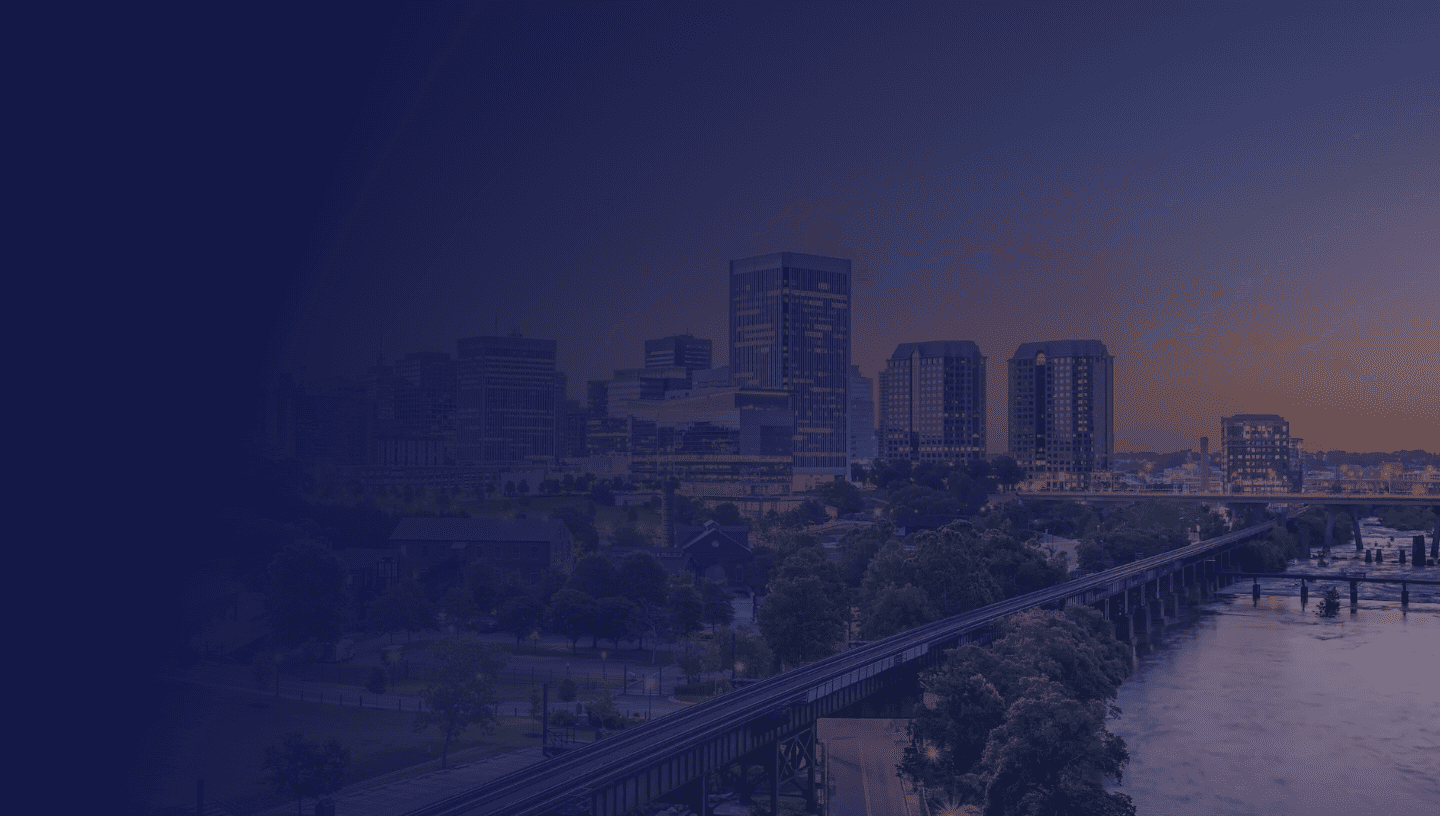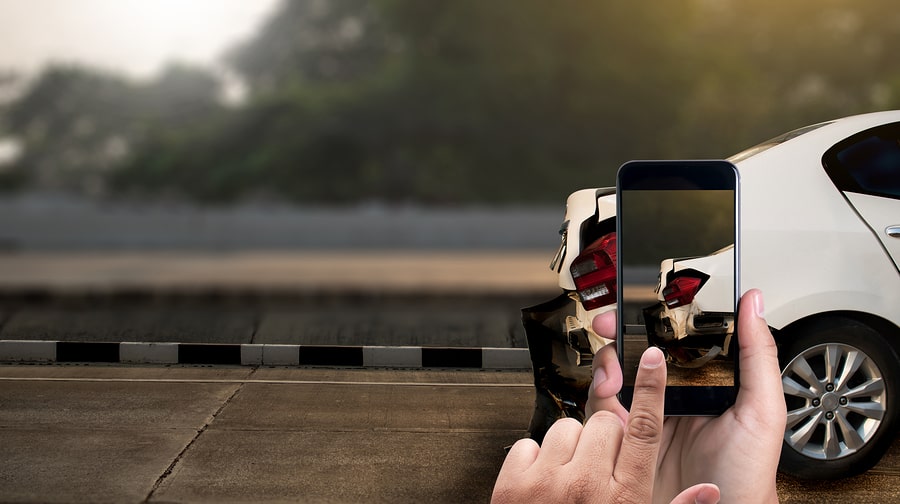Most people are familiar with slip and fall personal injury claims. You slip and fall on another individual’s property, usually that of a private business, due to the property owner’s negligence. Unfortunately, these accidents can result in serious injuries—hospitalizations due to falls cost an average of $34,294. Afterward, you may want to file a lawsuit against the property owner to secure compensation for your injuries. These types of premises liability claims can be complicated. When is the business responsible for the injuries associated with your accident? Are they liable for the full cost of your injuries? Understanding the details behind slip and fall personal injury claims can help you make more effective decisions following your accident.
Common Slip and Fall Hazards
Property owners owe a duty of care to prevent their visitors from getting hurt. This duty includes ensuring that walking surfaces are safe and free of any hazards. If you sustain an injury due to hazardous floor conditions, you may be eligible to file a claim. Below we discuss some of the most common hazardous conditions that can lead to a personal injury claim.- Wet floors. Any time there’s water or another liquid on the floor, it can make the floor unexpectedly slippery. Most facilities have a duty to clean up slippery floors whenever possible and to post notices about hazardous conditions that they are unable to fix.
- Broken or slippery stairs. Stairs are frequently involved in slip and fall accidents, and hazardous stairs generally pose a greater risk of injury than slippery floors. Stairs that are broken or poorly maintained may be more difficult to ascend, which can result in a higher percentage of slip and fall injuries.
- Cluttered walkways. Cluttered walkways can be difficult to navigate, particularly if the area is poorly lit. For this reason, most businesses try to keep walkways clear.
- Unstable or uneven flooring. During construction or remodeling, trip and fall hazards are usually more frequent. Some businesses may have loose or broken tiles, uneven carpets, or rolled or bunched flooring that can pose risks for their guests.
Slip and Fall Injuries
For some people, a slip and fall may only result in a few bruises. However, for others—particularly the elderly—such accidents may have more serious consequences. Some of the most common slip and fall injuries include:- Broken bones
- Whiplash
- Spinal cord trauma
- Scrapes and lacerations
- Traumatic brain injury
- Soft tissue damage

